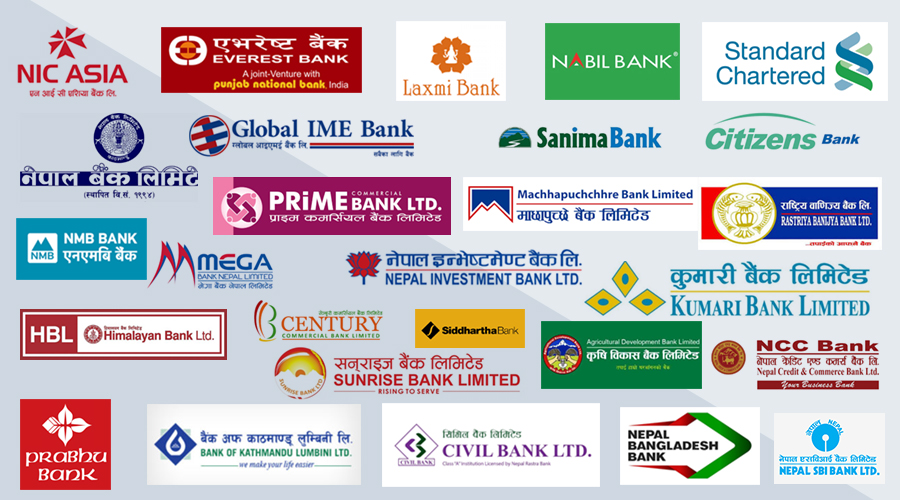KATHMANDU: The previous fiscal year witnessed a deceleration in lending by banks and financial institutions (BFIs) to the private sector. This decrease was primarily driven by an economic slowdown that significantly impacted businesses within the private sector.
The latest macroeconomic and financial overview of Nepal for the fiscal year 2022/23, unveiled by the Nepal Rastra Bank (NRB), reveals that lending to the private sector by BFIs experienced a modest growth of 3.8 percent in the previous fiscal year. In contrast, the growth rate in this category was a more substantial 13.1 percent in the year before.
As of mid-July 2022 and mid-July 2023, private sector credit shares from BFIs to non-financial corporations and households are reported at 62.7 percent and 37.3 percent, respectively. These figures have slightly shifted from the previous year’s shares of 63.3 percent and 36.7 percent.
Within the assessment period, the private sector credit from commercial banks, development banks, and finance companies exhibited growth rates of 3.5 percent, 7.6 percent, and 0.6 percent, respectively.
BFIs predominantly extended credit based on collateral in the form of real estate, particularly land and buildings. According to NRB, a substantial 68 percent of outstanding credit was granted with fixed assets as collateral, while loans against current assets constituted a mere 11.6 percent.
Despite governmental prioritization, loans to the agricultural sector experienced a marginal increase of 6.8 percent. Meanwhile, credit expansion in the industrial production segment reached 8.3 percent, with transportation, communication, and the public sector displaying robust growth at 21 percent.
The wholesale and retail sector saw a more modest growth of 3.9 percent, while the service industry sector followed closely at 3.7 percent.
During the review period, lending for real estate and hire purchase saw notable contractions. Real estate loans, which encompassed residential personal home loans, constituted only 5.6 percent of the total, while hire purchase loans accounted for a mere 1.3 percent.
This contraction was linked to a decline in property transactions due to the economic downturn, exacerbated by government policies and land usage restrictions.
Additionally, loans for automobile purchases dwindled due to a central bank ban on importing luxury items, including high-end four-wheelers. This ban persisted for almost six months of the last fiscal year, causing automobile purchases to drop by 6.6 percent to Rs 3.69 billion, bringing the total to Rs 51.90 billion.
Similarly, credits for automobile parts and fittings declined by 4.5 percent, amounting to Rs 35.96 billion compared to the previous fiscal year.
Dhruba Thapa, president of the Nepal Automobiles Dealers’ Association, attributed this decline to both the import ban and stringent regulations imposed by NRB, which collectively dampened the demand for imported automobiles and parts.
In terms of the composition of private sector lending, BFIs allocated 67.7 percent for overdrafts, 13.2 percent for working capital loans, 6.2 percent for trust receipt (import) loans, and 5.2 percent for margin loans.

